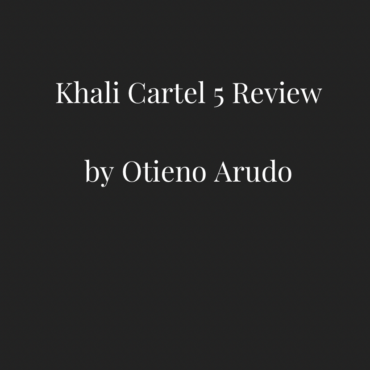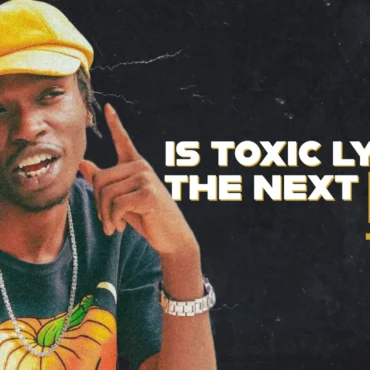We have been thinking a lot lately about the Kenyan music industry and what is needed to grow it. Many people will say that the Kenyan music industry needs money, which we agree with, but what if you don’t have money as an artist or producer? What are you supposed to do then?
A couple of years ago, we met with Alan Mwangi, who had devised a way for creatives to split revenue from their work. The idea was that a creative could collaborate with another creative to create something, each of them providing value, and then agree to share the revenue earned from the works produced. We thought this was a brilliant idea, but nothing came of it, at least not yet.
Simply put, the idea that Alan and his team had was that you as an artist with no money could work with a producer who also has no money and the two of you could split the revenue earned from the work you both created. This concept in recent years has become very common in the music industry and has been made possible by the use of split sheets which allow artists, producers, and record labels to all share a piece of the pie.
What made the idea that Alan had interesting was that this same concept could be extended outside of the music business. For example, an only fans model could collaborate with a photographer both of them putting no money into the venture but instead using their talents, and at the end of the day both share the earnings from the only fans page. This idea is not just for platforms like only fans but was also described to us at the time as a way for music video producers to work with artists. So, a video producer could produce a video for an artist who does not have any money and the two of them could split the YouTube revenue from the video on YouTube once the work is uploaded.
We are not sure whether any creatives out there are doing this type of arrangements in Kenya, but we genuinely feel that this would be one of the ways to catapult growth in the industry. We have seen video producer Badmanbright (https://www.youtube.com/@badmanbright) do this where, although he is not an artist but a video producer has chosen to shoot music videos for artists where he is featured as an artist on the song despite him not being an artist but a video producer. We are not sure what arrangements he has with the artists is, but we think he is onto something by shooting videos for the artist, uploading them on his YouTube channel, and also being a featured as an artist on the songs. It’s a genius way of using what you have. As a video producer, your job is to shoot videos. As an artist, your job is to make music. If creatives can focus on their craft and still collaborate with other creatives, the industry can go very far. We feel what hinders this type of collaboration is the focus on money, which is important but takes away from other possibilities. If an artist has no money and the videographer has no money, then both are stuck, but if they come together to make something and that thing is successful, then both of them will make money.
The idea that Alan and his team had was not just about the concept of creatives collaborating but what was envisioned was a legal way that creatives could do this. It was like a split sheet for creatives that creatives could use to collaborate with other creatives. The idea is allegedly already being used in the United States and would be one that could work well in Kenya. Take for example podcasters. A podcaster might be very talented but not have the equipment or team needed to make a good audio-visual podcast. The creative could collaborate with other creatives to make a successful podcast and all of them could eat. The opposite is that nobody eats which is what is happening in a lot of scenarios here in Kenya. Money is important but when you focus on chasing it you lose out on opportunities that could create wealth. Would you rather get paid once or have ownership?
We at Radio 254 think that this idea is an idea that needs to be implemented as it can benefit the Kenyan entertainment industry where millions are talented but very few creative millionaires. It is time we try a different approach.




